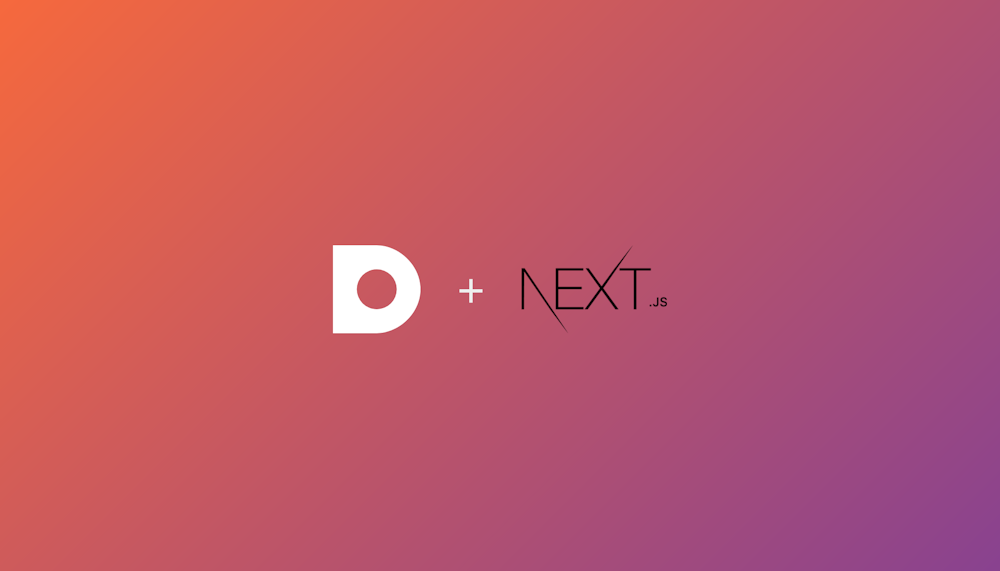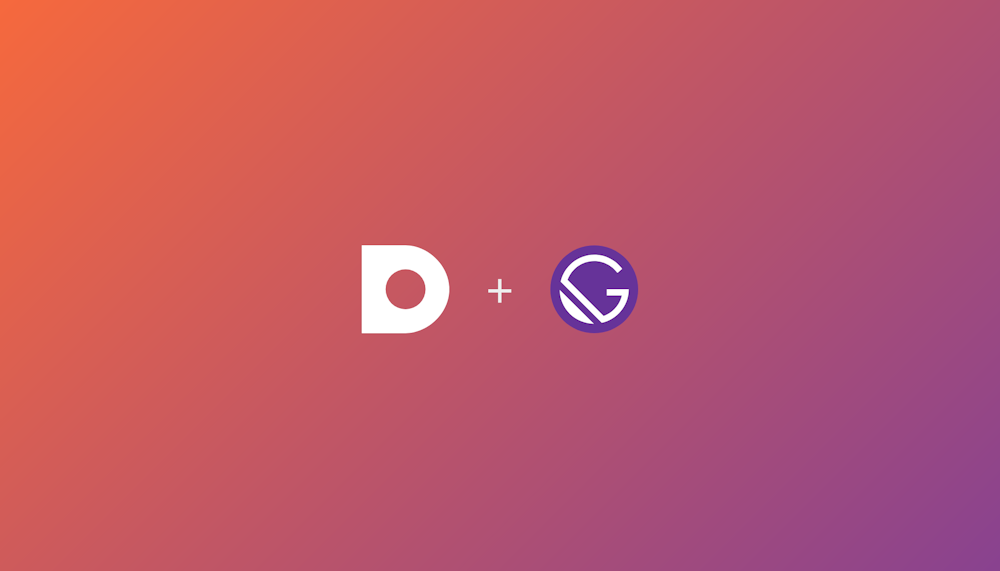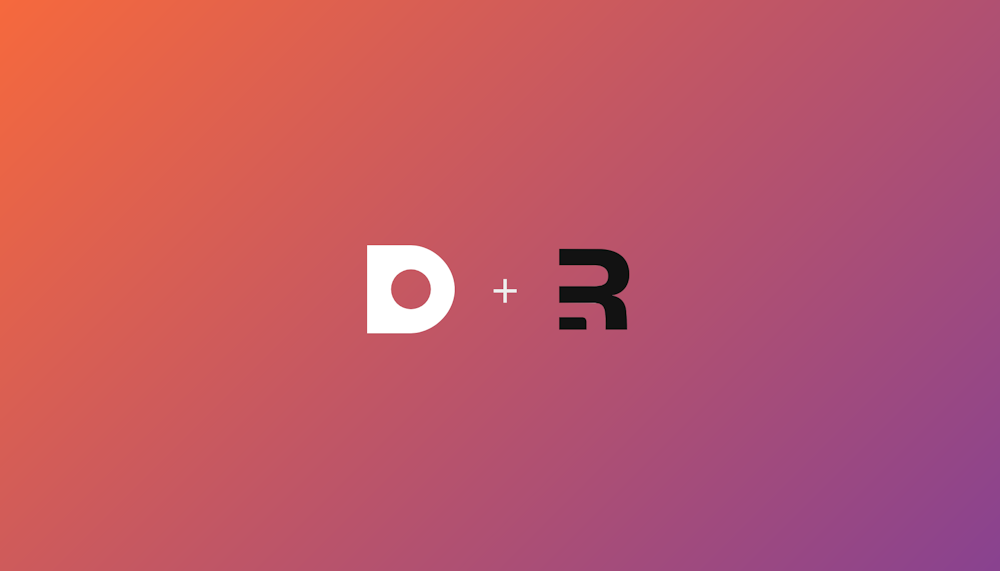Choose the best Jamstack React framework
Best React Frameworks to Go Jamstack
Let’s learn everything required to understand Jamstack and choose the best React-based framework to implement it between Next.js, Gatsby and Remix
In recent years, Jamstack has become one of the hottest terms in the developer community. More and more people are talking about it, and several technologies have been developed following this trend. Specifically, many of these were built on top of React, which is one of the most appreciated libraries by front-end developers. So, it is time to delve into the relationship between Jamstack and React.
First, let’s delve into Jamstack, understanding the what and why. Then, let’s focus more on the React-based frameworks that can be used to implement, comparing the top ones.
What is Jamstack?
Originally, Jamstack was referenced as JAMstack, where J stood for JavaScript, A for API, and M for Markup. In detail, Jamstack was conceived as a new web development architecture built on top of client-side JavaScript, reusable APIs accessible via HTTPS to abstract the database layer, and prebuilt markup generated once at deployment time.
Jamstack has evolved a lot since then, turning into a movement. As a result, the term has been adopted widely by a variety of technologies, which has made defining what exactly Jamstack represents today difficult. On the other hand, it is still considered an architectural approach to building websites based on these two key principles:
Decoupling
All services involved in a website should be clearly separated. This means that each component will be easier to upgrade, improve, or change, because inherently independent of the others. Specifically, the front-end should be decoupled from the back-end. As stated in the official documentation, adopting a headless CMS solution is an easy way to achieve decoupling. In fact, as we have already covered here, a headless CMS allows you to decouple your front-end from your back-end when it comes to content management and beyond.
Pre-rendering
Jamstack websites are generally pre-rendered. This means that all the pages that make up the front-end are built and compiled into JavaScript, HTML, and CSS files at deploy time by using an SSG (Static-Site Generation) approach. Then, these files are usually served from a CDN (Content Delivery Network). In this process, the back-end is involved at build-time to retrieve the data to build the pages through the APIs it exposes. But these APIs can also be called by the browser to change the page dynamically through JavaScript.
Why Adopt Jamstack?
As promoted by the official website, there are at least 5 good reasons to adopt Jamstack. Let’s see them all:
Performance
With pre-rendered pages, you do not need to generate pages for every request. This makes the response time of your website lightning fast.
Security
Its decoupling nature makes it more difficult to break the entire architecture with a single attack.
Scaling and hosting
Because the files are pre-rendered, they can be hosted from a CDN, which is notoriously cheaper, faster, and easier to scale than traditional hosting.
Maintainability
No hosting complexity means less maintainability involved. Since most of the effort is done at built-time, the generated website can be considered stable as a result.
Portability
Since all the pages your website consists of exist after the deployment, they can easily be transferred to any static hosting solution.
Jamstack React
React is a JavaScript-based library for building SPAs (Single Page Application). But, an SPA requires CSR (Client-Side Rendering). Thus, for this reason, they cannot be considered as part of the Jamstack movement.
Yet, many frameworks adhering to the Jamstack paradigm have been built on top of React. Such frameworks adopt React for front-end development, but they allow you to generate the web pages once at deployment time. This way, you can get the best of both React and SSG.
Read more about our React CMS, or start a React project with one click.

Best React-based Jamstack frameworks
The tools introduced above are what Jamstack calls site generators. Based on GitHub stars, Next.js and Gatsby are the two most popular React-based Jamstack site generators. Let’s understand the pros and cons of both.
Jamstack Next.js

At the time of writing, Next.js is the most popular JavaScript framework based on React. According to the 2021 Web Almanac, 43.6% of Jamstack sites are generated with Next.js, making it the most adopted framework on the market when it comes to Jamstack.
But Next.js is not just a static site generator and comes with a surprising number of cutting-edge built-in features, such as SEO and image optimization. Plus, it is supported by top-notch documentation and by thousand of NPM libraries.
Pros:
It is the React-based framework with the largest community
Comes with several built-in optimizations and advanced features
Supported by a vast option of libraries
Supports IGS (Incremental Static Regeneration)
Can be deployed on Vercel in minutes effortlessly
Cons:
Does not support plugins
Not fully supported by all deployment platforms
Read more about our Next.js CMS, or start a new Next.js project with one click.

Jamstack Gatsby

Gatsby.js is an open-source front-end framework based on React. It was built with headless CMSs in mind, and it now represents one of the most popular and used Jamstack site generators. Gatsby’s strengths are scalability, content management, security, and performance.
Also, Gatsby comes with thousands of libraries and plugins developed by the community to help you build any kind of feature with no effort. All this makes Gatsby a reliable and modern static site generator. Plus, it comes with high-quality official documentation.
Pros:
Developed with SEO in mind
Supports plugins
Fast and reliable
Supported by a wide ecosystem of libraries
Easy to integrate with any headless CMS
Cons:
Time-consuming to get the most out of it
Generation time on large websites can be considerable
Read more about our Gatsby CMS, or start a new Gatsby project with one click.

Jamstack Remix

Jamstack is a concept that evolves along with the frameworks and technologies used to interpret it. In this respect, Remix represents an interesting study case in the React ecosystem. This fresh technology that came to the fore in 2021 is an open-source JavaScript framework for developing websites. Its characteristic is that it only supports SSG (Server-Side Rendering).
In other words, Remix is the first widely adopted technology that goes against the trend started by Gatsby and Next.js when it comes to page rendering. Consequently, massive adoption of Remix may lead to an evolution of Jamstack as a movement, which is now still anchored to SSG. So, keep an eye on Remix as it may have a huge impact on Jamstack.
Read this if you want to learn more about Remix and how it differs from Next.js, or try Remix out with our Remix template blog.

Conclusion
In this article, we looked at what Jamstack is, why you should adopt it, and which are the best technologies to implement it. Since Jamstack is a movement, something constantly evolving, it is hard to keep up with this trend.
On the other hand, Next.js and Gatsby represent Jamstack's present when it comes to React-based framework, with Remix possibly becoming its future. So, here we studied the relationship between React and Jamstack, while also trying to understand how this will evolve soon.
Thanks for reading! We hope that you found this article helpful. Feel free to reach out to us on Twitter with any questions, comments, or suggestions.


